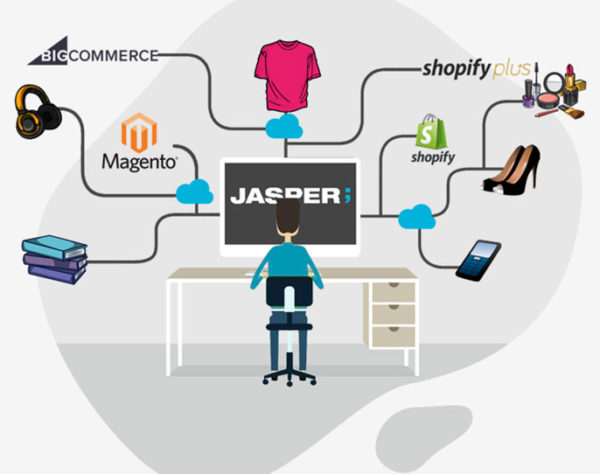PIM Retail Support for Enterprise Resource Planning
Retailers & Legacy Systems Because legacy systems aren’t always sufficient in helping retailers manage sales across channels—after all, many of these systems were built before the explosion of digital retail—software makers such as Bristol, UK-based Brightpearl gained traction by developing software-as-a-service ERP systems tailored to the retail industry. The aim was to simplify implementation, maintenance and improve performance for retailers who struggled to manage their rapidly evolving multi-channel operations with legacy systems produced by industry giants such as Oracle Corporation. So, does that mean that retailers should scrap their legacy ERP systems? Absolutely not. On the contrary, those systems are still critical to the smooth functioning of any organization. ERP makers continue to innovate and update their software to deliver value to clients across industries. But they can’t do it all. Brightpearl, for example, excels in helping retailers in areas ranging from resource planning and accounting, to fulfillment and reporting. Where virtually all ERP software falls short is in product data enrichment—or the structuring, categorization, publication and aggregation of product and order information across multiple retail platforms.PIM – Product Information Management
Enter product information management (PIM) software. PIMs are supplementary middleware that allow retailers to combine information from an ERP platform to create a comprehensive master system capable of handling all product merchandising. Integrating a PIM with an ERP platform is one of the simplest and most cost-effective ways for eCommerce retailers—not to mention manufacturers and distributors—to manage product across channels, while also handling core business operations in a single platform and offsetting any legacy ERP shortcomings. When global adhesive manufacturer Avery Dennison Corporation, reached out to our team for help, they faced a common systems-integration problem. Avery Dennison’s printers, fasteners and solutions division had been utilizing a legacy ERP system by Oracle that was still delivering impressive results. But when they needed to develop a new BigCommerce Enterprise storefront, integrating the two systems posed a major challenge. The company needed a system that could scale and grow over time, providing it with the flexibility needed to expand global eCommerce sales. We provided the necessary consultation and insight to understand the challenge and coordinate an action plan, then worked with a partner to design and develop the new digital storefront, integrating a custom payment gateway into the BigCommerce platform. The result: our customer now has a nimble B2B website with easy-to-use payment and has the added advantage of being able to manage product information and tie in relevant data to its ERP system.This was also a more cost-effective approach than attempting to swap out their legacy ERP software, which would have been prohibitively expensive and time consuming.We can’t underestimate the importance of that last point.





